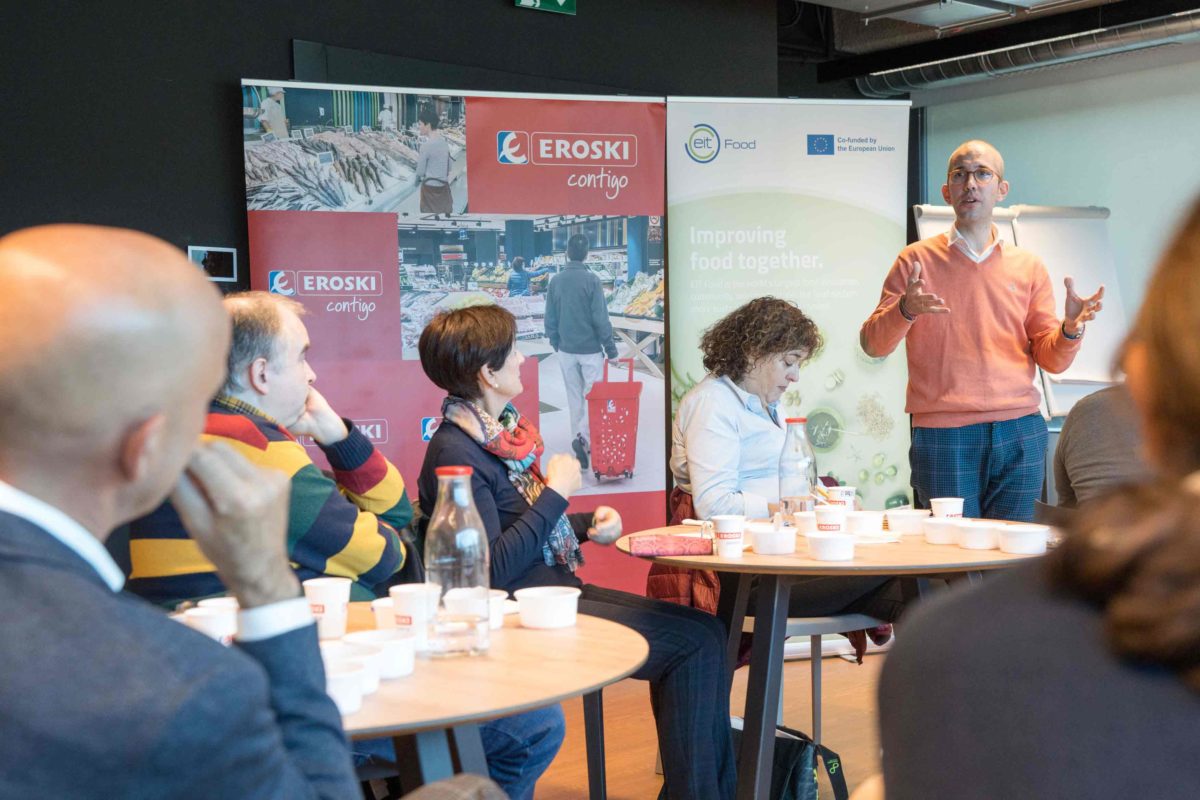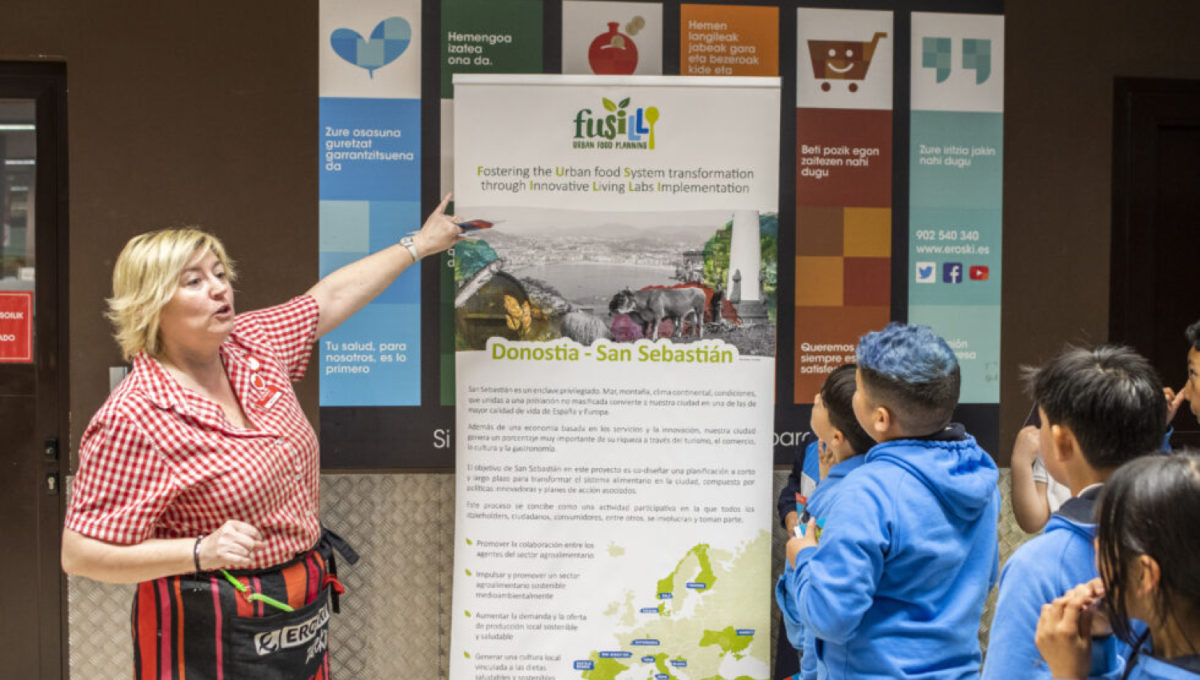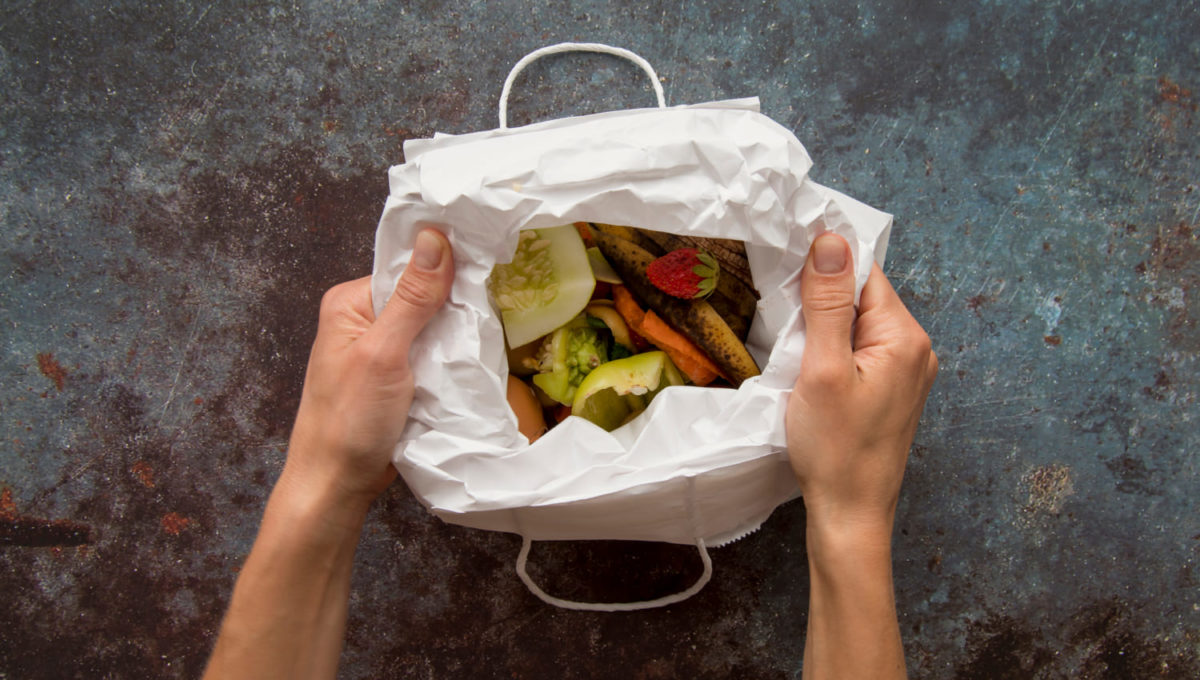REGENPAT, production of food potatoes in Álava under regenerative handling
- Regional
- Producción sostenible
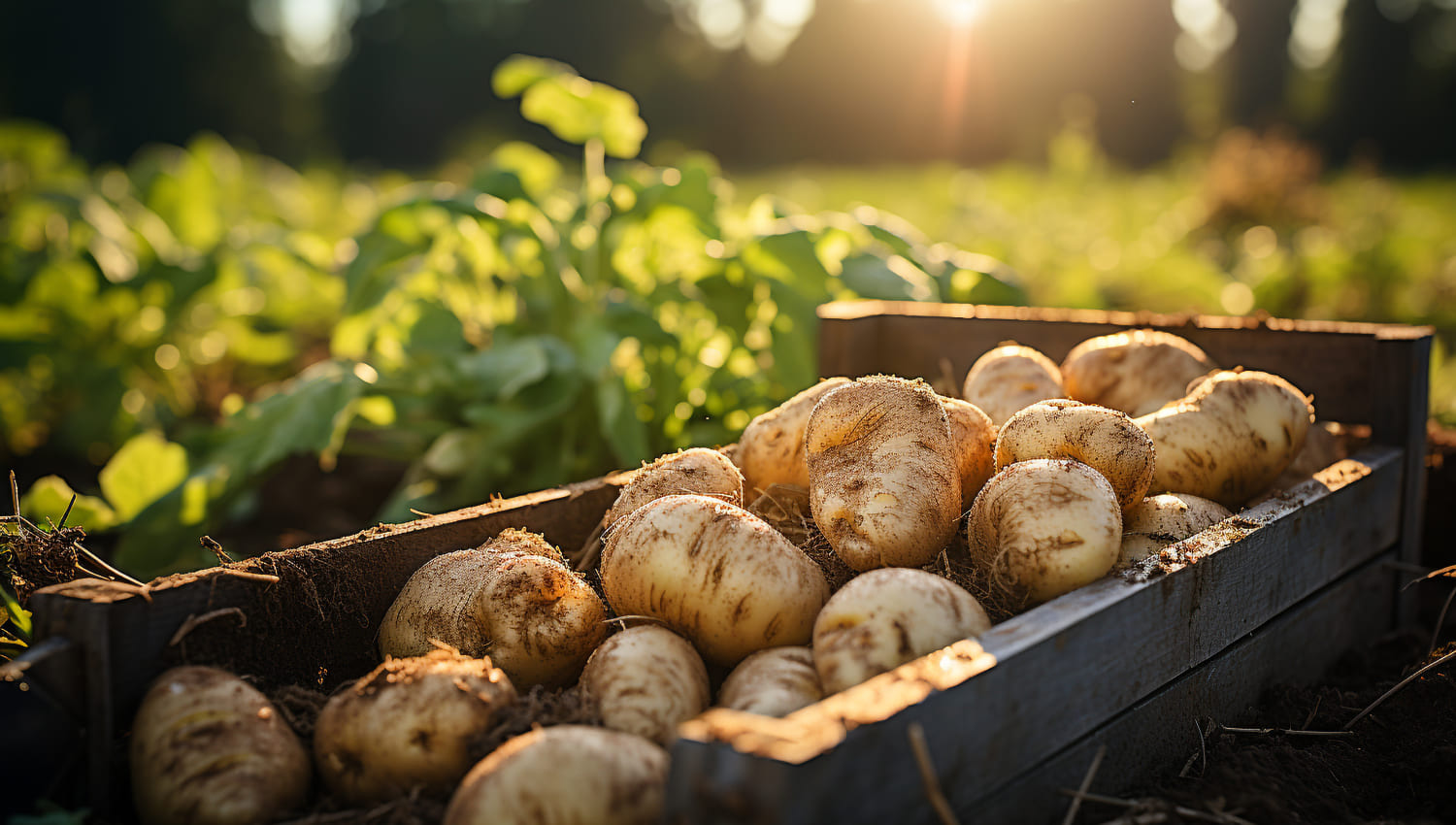
Agricultural land is the most important fixed asset farmers and ranchers have, both for its ecosystem value as a CO₂ sink and as a base for the productive potential of crops. Regenerative agriculture now appears as the closest operation alternative for improving soil health. Regenerative agriculture is clear on what the end goal is, but there are not agreed-upon or recognized rules for how to achieve it; regenerative agriculture is a holistic treatment, with no specific definition, that must be adapted to the place and crops in rotation. Currently, there is no directive or certification that endorses it, nor is there technical consensus on what operations are “regenerative.” This project’s challenge is, on the one hand, to define quantifiable indicators that demonstrate this soil regeneration, to determine a regenerative operation for the production of consumer potatoes in Alava and to carry out a pilot project, to see if that potato meets the UDAPA standards, and finally, to see if there is consumer interest in the Basques lines.
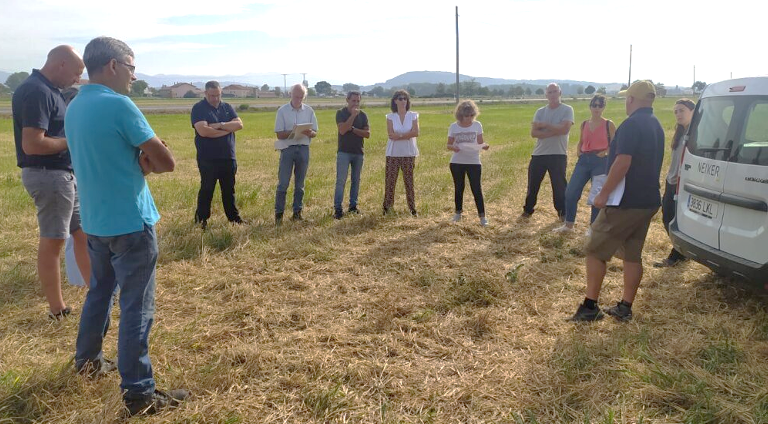
In Europe, the certifiable agricultural operation directive is only possible for ecological agriculture (under European rules) and integrated agriculture, under regionally-adapted technical rules. It is therefore a necessity to define agricultural systems by measurable and objective parameters that also clearly demonstrate their environmental and social benefits and of course maintain the premises of economic profitability of the agricultural holding. This need is being tackled by the REGENPAT project.
The main goal of this project, which includes the collaboration of LURSARE, UDAPA, EROSKI, and NEIKER, is to define quantifiable indicators that prove the regeneration of agricultural soil under the general premises of regenerative agriculture for consumer potato production in Alava.
